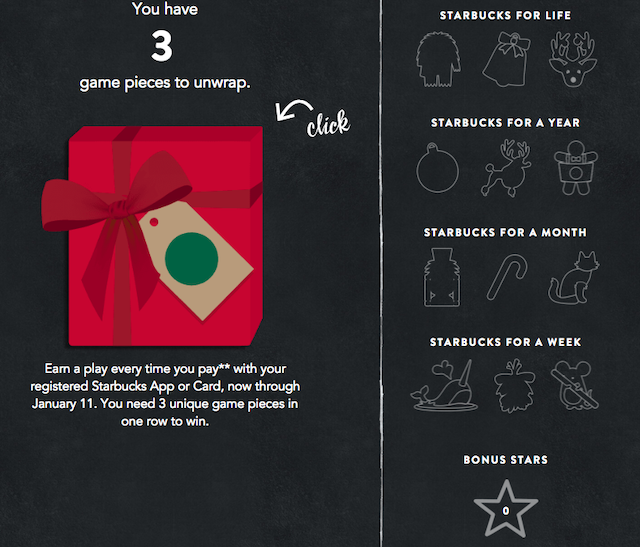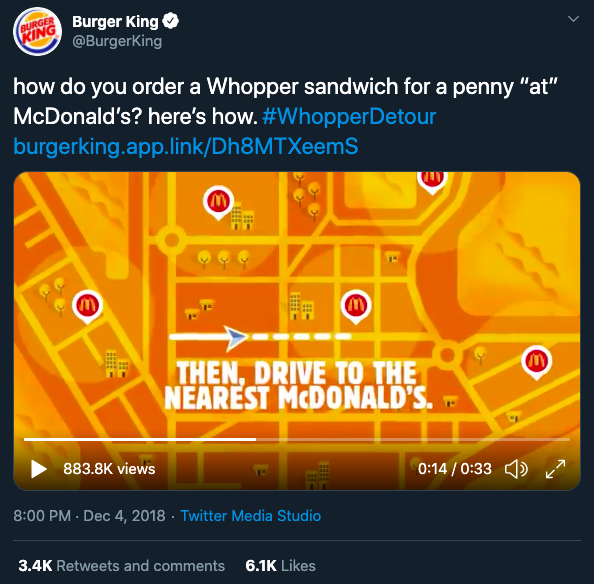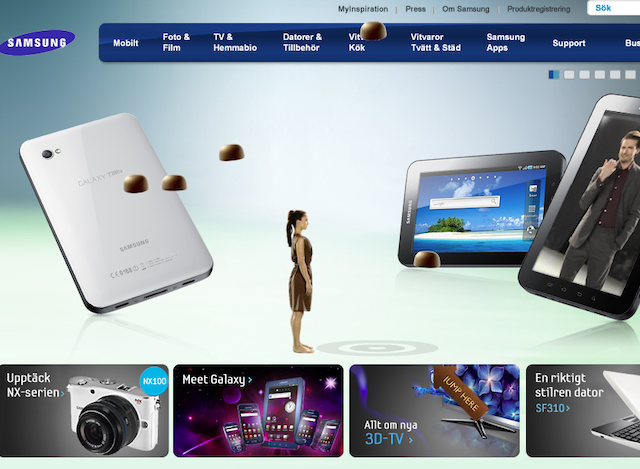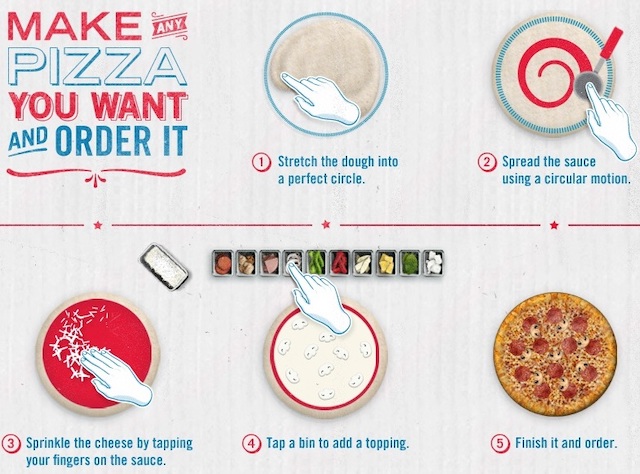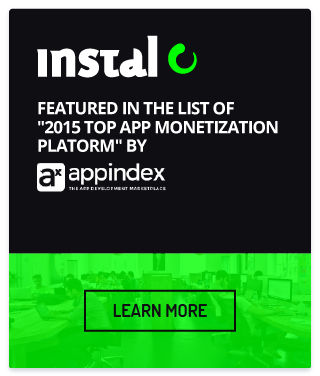5 Digital Advertising Campaigns You Need To Know
Advertising plays a central role in generating revenues and sales. With a worldwide ad spending of $332.84 billion (54,1% of total media ad spending), digital advertising is the top of the new advertising stack. It creates brand awareness, drives sales, and increases visibility across oversaturated channels. Digital advertising spending is set to grow even more in the next few years, and it is forecasted to reach $526.17 billion in 2024 (62,6% of total media ad spending).
If set correctly, digital advertising campaigns can be a powerful tool to boost performances and improve the overall brand image and business.
Here are 5 digital advertising campaigns to learn from.
Starbucks – “Starbucks for life”
In December 2014, Starbucks launched a new campaign “Starbucks For Life”, to re-engage inactive users, driving the restart of their app usage.
The Seattle-based coffee company decided to re-engage its inactive users and strengthen its app community by running a promotion in which customers were able to collect points for the Starbucks rewards program and win prizes (such as getting Starbucks free for life). In order to participate and get a chance to win, users had to complete a purchase in one of the company’s coffeehouses using the app or taking other actions as pre-ordering their meals.
The campaign was a success. More than 13 million consumers entered the contest and Starbucks added almost 900,000 new members to its mobile-based My Starbucks rewards program. The campaign allowed to re-engage inactive users and to acquire new ones, incentivizing people to complete actions they would have not taken under normal conditions of use.
Burger King – “Whopper Detour”
In December 2018, Burger King launched a campaign, known as “Whopper Detour”, to promote its brand new app.
The campaign relied on mobile geofencing to steer customers away from rival McDonald’s. Smartphone users who’ve gone within 600 feet of most McDonald’s locations could order a Burger King Whopper sandwich for a penny from revamped BK App. Burger King reportedly geofenced 14,000 McDonald’s locations across the US. After customers placed the order, the app navigated them away from McDonald’s and toward the nearest Burger King to pick up their food.
The campaign resulted in 1.5 million app downloads while generating more than 3 billion impressions. With more than 500,000 Whoppers redeemed, mobile sales tripled during the Whopper Detour. After the promotion, Burger King continued to sell twice the amount through its app compared to sales before the advertising campaign.
Magnum – “Magnum Pleasure Hunt”
Magnum used gamification to promote its new Magnum ice-cream, Magnum Temptation, creating a digital online game that was reminiscent of Super Mario. A Magnum girl run across different websites and brand pages, where she was interacting with things on the pages while players had to get her to collect bonbons.
The adventure took place across unique scenarios while users accumulated scores and built their rankings as they collected bon bons. The game finished when players returned to Magnum’s site and their bon bons turned into a Magnum Temptation bar.
The campaign was highly successful: more than 7 billion players and an average engagement of 5 minutes for each user. More than 15 million impressions were also generated via Twitter, Facebook shares, and blogs.
Domino’s – Domino’s Pizza Hero
Back in 2011, Domino’s Pizza found a way to engage its users and increase their sales. The pizza chain created an app that let users make a pizza onscreen and then order it in real life.
The app simulated the experience of kneading dough, spreading sauce, sprinkling cheese, placing toppings, and cutting slices all while a timer ticks away. The aim was to make the pizza as quickly as possible while competing against other players on a leaderboard and share their scores on Facebook and Twitter. Players could also order their creations via Dominos.com.
Domino’s Pizza Hero resulted in 53% of digital sales through the app, a 50% cost reduction in cost per click. It also created 3 times more mobile users and a 63% overall increase in sales.
Netflix and the New York Times
Another example of a successful digital advertising campaign is the Branded Content campaign coming from Netflix. Netflix wrote an article, Women Inmates: Why the Male Model Doesn’t Work, as a piece of branded content in the New York Times. The article talked about female prisoners and their issues and it relates to Netflix’s original show “Orange Is The New Black”, even if it wasn’t mentioned at all.
More than 1-million readers of the New York Times saw the article. By creating interest around the topic, Netflix was able to get more views for Orange Is The New Black.
Why Digital Matters
Digital advertising unlocks powerful opportunities for marketers on a scale never before seen. Unlike any other engagement and communication channel, digital allows marketers to reach larger audiences in a way that is real-time and personal. We support our clients’ digital needs through a complete set of solutions. We offer a wide range of services, from creative productions through the entire campaign execution and management, all to support our clients with transforming their business goals into actionable strategies.


